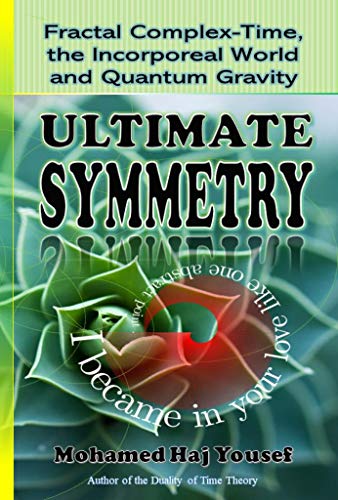II.1.5 Higgs Mechanism
Without spontaneous symmetry breaking, the Standard Model
of elementary particle interactions predicts that the and
bosons would be
massless, when, in reality, they are observed to have mass. To overcome this,
spontaneous symmetry breaking is augmented by the Higgs mechanism to give these
particles mass. It also suggests the presence of a new particle, the Higgs boson,
which was detected in 2012 and confirmed in 2013.
The and bosons
are the elementary particles that mediate the weak interaction, while the
photon mediates the electromagnetic interaction. At energies much greater than
all
these particles behave in a similar manner. The Weinberg-Salam theory predicts
that, at lower energies, this symmetry is broken so that the photon and the
massive and bosons
emerge. In addition, fermions develop mass consistently.
The Higgs mechanism is the spontaneous symmetry breaking of
gauge symmetries. it is an important component in understanding the
superconductivity of metals and the origin of particle masses in the standard
model of particle physics. The strong, weak, and electromagnetic forces can all
be understood as arising from gauge symmetries. Spontaneous breaking of a gauge
symmetry does not give rise to characteristic massless Nambu-Goldstone physical
modes, but only massive modes, like the plasma mode in a superconductor, or the
Higgs mode observed in particle physics. In the standard model of particle
physics, spontaneous symmetry breaking of the gauge
symmetry associated with the electro-weak force generates masses for several
particles, and separates the electromagnetic and weak forces. Superconductivity
of metals is a condensed-matter analog of the Higgs phenomena, in which a
condensate of Cooper pairs of electrons spontaneously breaks the gauge
symmetry associated with light and electromagnetism.
In the Duality of Time Theory, as we have seen in section
I.4.5, the physical vacuum, which is the dynamic aether, is the extreme state
which may be achieved when the apparent velocity, or momentum, becomes
absolutely zero, both as the object s total velocity and any vector velocities
of its constituents, and this corresponds to absolute zero temperature (). This
dynamic vacuum state is therefore a super fluid, which is a perfect
Bose-Einstein condensate (BEC), since it consists of indistinguishable
geometrical points that all share the same state. In Quantum Field Theory,
complex-scalar fields are employed to describe superconductivity and super
fluidity. The Higgs field itself is complex-scalar, and it is the only
fundamental scalar quantum field that has been observed in nature, but there
are other effective field theories that describe various physical phenomena.
Indeed, some cosmological models have already suggested that vacuum could be a
kind of yet-unknown super fluid, which would explain all the four fundamental
interactions and provide mass generation mechanism that replaces or alters the
Higgs mechanism that only partially solves the problem of mass. In BEC models,
masses of elementary particles can arise as a result of interaction with the
super fluid vacuum, similarly to the gap generation mechanism in
superconductors, in addition to other anticipated exotic properties that could
explain many problems in the current models, including dark matter and dark
energy. Therefore, the new complex-time geometry is the natural complex-scalar
quantum field that explains the dynamic generation of space, mass and energy,
as we shall discuss further in section III.3.3.
Actually, according to this genuinely-complex time-time
geometry, there can be four absolute or super states: super mass , super
fluid , super
gas , and
super energy , which
can be compared with the classical four elements: Earth, Water, Air, and Fire,
respectively. These four extreme or elemental states, which the ancient
Sumerians employed in their cosmology to explain the complexity of Nature, are
formed dynamically, in the inner levels of time, by the Single Monad that is
their quint-essence . We will see, in section III.3.2 below, that this new
concept of aether and quintessence is essential for understanding dark matter
and energy, and solving the cosmological constant discrepancy.
Moreover, the super fluid and super gas states, and
, are
in orthogonal time directions, so if describes
matter that is kinetically evolving in the normal level of time with velocity,
would
similarly describe anti-matter in the orthogonal direction. This could at once
solve the problems of super symmetry and matter-antimatter asymmetry, because
fermions in one time direction are bosons in the orthogonal dimension, and vice
versa, and of course these two dimensions do not naturally interact because
they are mutually orthogonal. This could also provide some handy tests to
verify the Duality of Time Theory, but this requires prolonged discussion
beyond the scope of this article, as outlined in other literature. Super
symmetry and its breaking will be also discussed further in section II.3.1.


















